The Future of Websites: the Evolution of Trends and Users’ Needs

Websites have been around for about more than 2 decades. Over the last decade, we’ve seen growth in terms of internet users, technology that’s built around online services and social networking websites such as Facebook and Twitter as well as businesses waking up to the fact that the internet is no longer a thing they can ignore if they want to remain relevant. Over the years, we have seen internet booms and boosts. However, that hasn’t stopped humanity from gravitating towards technology, the internet and a virtual way of keeping in touch, communicating and sharing with each other.
Genesis
In order to accurately predict the future of the internet and websites, we need to look at the beginning and see how things have evolved over time. The internet was just one of those things that geeks and socially awkward people used to get in touch with each other in the early nineties. Websites were simplistic, featured static images and people only used certain websites such as Yahoo to check their email.
Personal Experience
In my experience, I started using websites when I was 11. I really didn’t understand what the internet was, but I knew that it had a dearth of websites which could give you any kind of information you wanted. In the mid to late nineties, the mobile revolution came around, and it didn’t take too long for the mobile industry to catch up with the demands of its customers. Many wanted to access their favorite websites from their phones, as well as check their emails without having to wait to go to the office or fire up the old, trusty computer or laptop.
Enter The Mobile Revolution
By the start of the millennium, you could simply open a browser on your phone and access your favorite websites. However, there was a disconnect because websites at that time were not built to be accessed via a mobile platform. Some browsers tried to render websites so that they could display well on a mobile phone. It was an uphill task, and website builders and marketers were forced to admit that the mobile revolution was not going away and that it was important to ensure that their websites were mobile-friendly.
Esthetics
At the same time, static websites were given a Java boost, making them replete with flash images and animated items meant to attract and retain the attention of prospective visitors. As website design moved from a functional to a more esthetic construct, more people began accessing the web to find out more about their favorite companies, search for certain services or simply glean more information on their favorite hobbies.
Social Media: A Game Changer
Enter Social Media. In 2004, Facebook burst onto the scene. America had its first taste of this social networking phenomenon, and it wasn’t long before the rest of the world caught up. In only a matter of a few short years, Facebook was able to garner the support of hundreds of millions of people from all over the world looking to connect with long-lost high school and childhood friends.
Facebook soon became a game changer, which in turn made businesses sit up and pay attention. Social media became a force to reckon with, and many companies started waking up to the concept of embedding social media widgets in their websites and blogs in the hopes of driving traffic. Before long, Facebook became a publicly traded company and invited big businesses to jump at the opportunity to advertise their services via their ad and marketing sections.
Targeted Advertising And Big Data
Today, people are being subjected to the concept of targeted advertising and content everywhere they go thanks to the concept of social sharing. Thanks to social media, complex and accurate metrics as well as behavioral advertising, top websites are using statistics and big data to accurately market their services to people online. Websites come fitted with smart cookies which are able to track a person’s movement in cyberspace and predict what kinds of things they like from a commercial perspective. This kind of targeted marketing has meant that websites have had to be customized differently for different kinds of people.
For example, if you’re small business website with a thriving online presence, you’ll be able to show prospective clients different goods (and even prices) depending on their online behavior garnered from websites such as Facebook and analytics tools. You can then build a special kind of connection and loyalty to your clients, which in essence means that you will be able to boost your company profits over time. I say this because it’s been proven that companies which thrive and become successful do so due to their dedication to loyal customers and not new ones.
Gamification
The future of websites will also involve something called Gamification. This is almost like Farmville but with real world consequences. People want to be entertained. The endorphin rush that’s gotten from social media (which makes it so addictive) can be replicated through the use of intelligent games embedded into websites.
Let’s take an example:
– A fast food website which allows you to order online has a game which lets you create your own pizza, transport it to a virtual town and home which in the end will award you points that you can use as virtual currency or coupons once you successfully complete the pizza making and delivery game in a specific amount of time. A prospective customer can play this virtual game on the website as they wait for their real world pizza to be delivered. They can then redeem their winning points as well as their coupons once the pizza delivery guy comes knocking.
Sounds cool, huh? This is indeed the future, and company websites are scrambling to catch up.
Images Take Center Stage
Another example is the focus on images compared to content, which seems to be egged on by websites such as Instagram and Tumblr. People respond more to visual images compared to content. This may mean that websites of the future may have to rethink their content strategies and include more images while keeping content to a minimum.
Conclusion
Having said all of this, it is important to keep an open mind given the unpredictability of the internet and related technologies. More people are looking for interaction as well as co-creation when it comes to all things online, so businesses should always ensure that their lofty website ambitions are tempered with what the end users want and need.


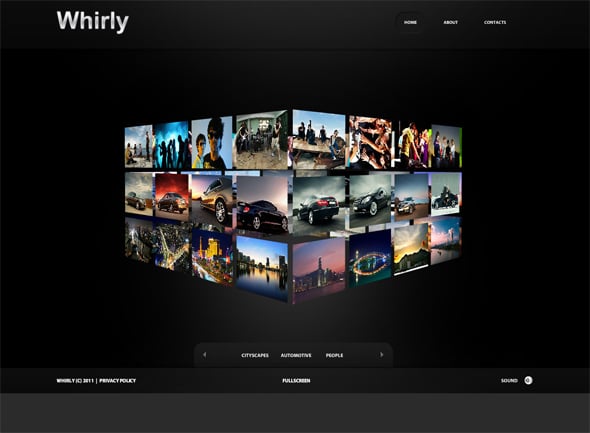

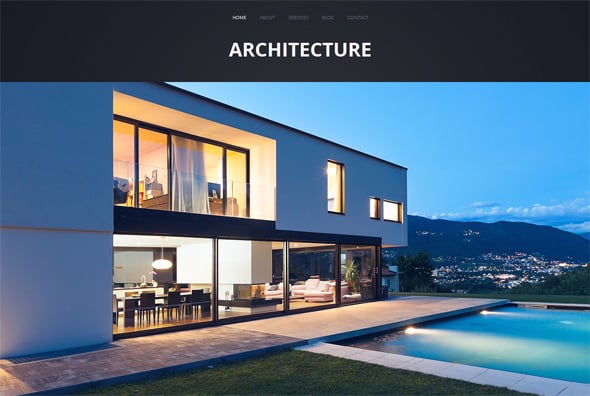
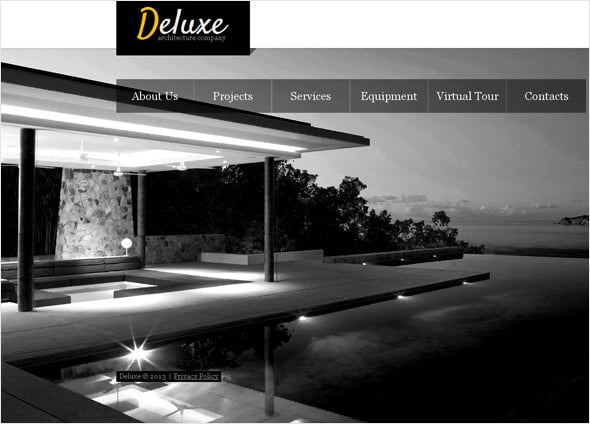


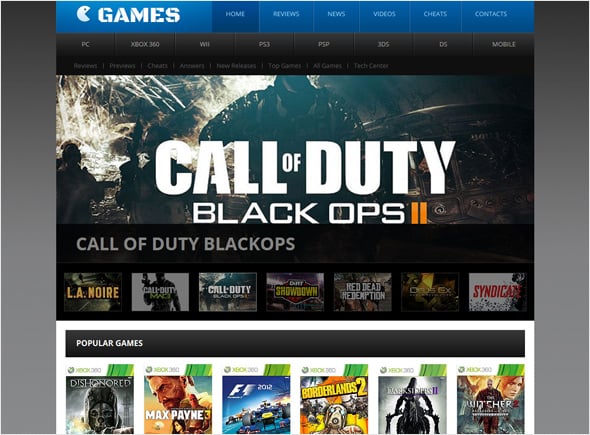



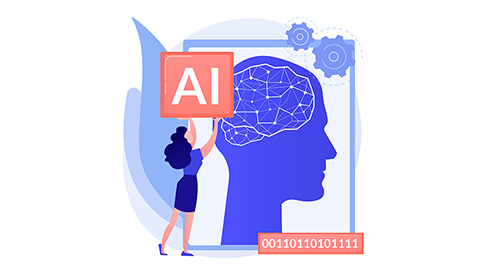

Leave a Reply